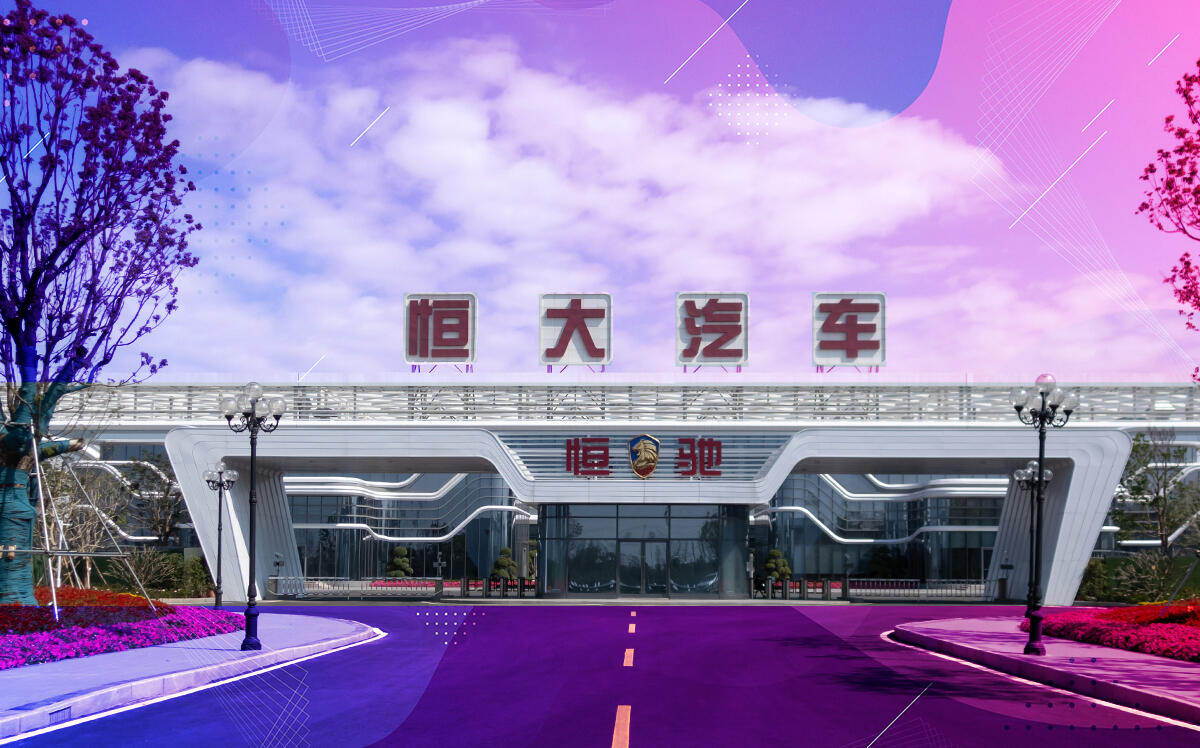Trending
Chinese developers in US struggle as Evergrande mess threatens business back home
Oceanwide Holdings, China Vanke and Greenland have each crossed China’s “red lines”

As the mess over China Evergrande Group — now the world’s most indebted developer — threatens to blow up that country’s real estate market, some of the most active Chinese developers in the U.S. have been flagged as risks.
Oceanwide Holdings, China Vanke and Greenland have each crossed at least one of the “three red lines” set by Chinese regulators. Failure to comply with the limits places restrictions on new borrowing.
Oceanwide, which has troubled skyscraper projects in San Francisco, Los Angeles and New York, has crossed all three lines targeting liability levels, leverage and liquidity, according to a note from the investment bank Natixis.
The Shanghai-based developer’s liabilities climbed higher than 70 percent of its assets, its net debt exceeded the value of its equity and its short-term borrowing grew larger than its cash reserves.
“The impact from the increased difficulties in financing, either in terms of stricter approval or higher costs, might be strong for Oceanwide as it crossed all of the three red lines,” Natixis economist Alicia Garcia Herrero wrote in an email.
View this post on Instagram
Herrero added that Oceanwide, which mostly develops homes in higher-tier cities, might be somewhat buffered from the immediate impact of an Evergrande-led real estate crash, which would first affect lower-tier cities. But if the contagion reaches into other parts of the real estate market or Evergrande becomes a systemic banking problem, Herrero said the fallout will be more wide-reaching.
Evergrande has been struggling to meet obligations on more than $300 billion worth of debt and is shaping up to be one of the largest threats to China’s economy in years. It’s drawing comparisons to the collapse of Lehman Brothers in 2008, which was the final straw triggering the great financial crisis.
Other Chinese developers to breach the limitations include Greenland, co-developer of the Pacific Park megaproject in Brooklyn, which failed the liability-ratio and liquidity tests. China Vanke, which is entangled in a messy Midtown condo development with RFR Realty, was flagged for liabilities exceeding the 70 percent asset limit.
Overall, the number of developers touching all three lines is less than it was last year. Only 15 percent of firms breached the trifecta during the first half of the year, compared to 20 percent in 2020, according to Natixis.
And some China-based developers active in the U.S. remain relatively healthy. Hopson Development, for example, didn’t draw any of the three red flags earlier this year. The company is building a 35-story condo tower in Midtown.
There are also a number of U.S. developers active in China that face some exposure from an Evergrande-induced turmoil.
Tishman Speyer is active with projects mainly in the cities of Shanghai and Shenzhen — areas Herrero said would be relatively shielded from a somewhat contained fallout.
The larger risk, though, is that Evergrande’s troubles could cause regulators to tighten restrictions while demand for homes tightens due to a constrained mortgage market. That could drag on the entire Chinese economy and possibly become a global threat.
Wall Street opened Monday to a selloff as fears of an Evergrande liquidity crisis swept through Asia and Europe.




